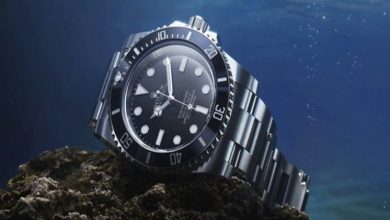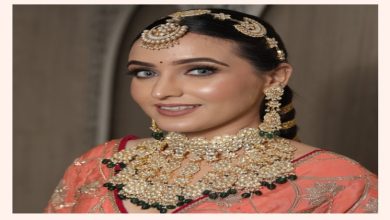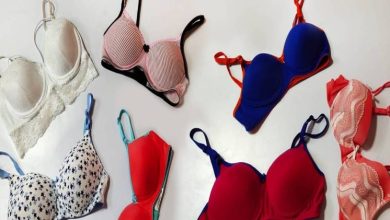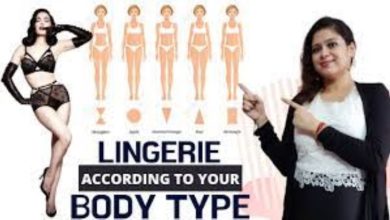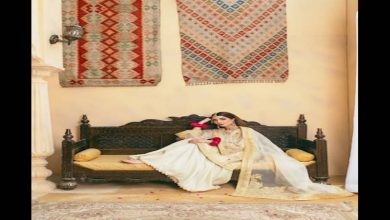How To Find The Perfect Diamond For Your Engagement Ring
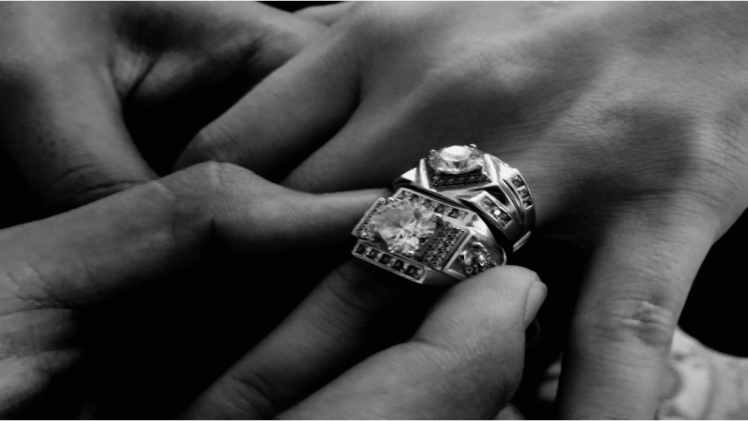
Finding the ideal engagement ring might be difficult because there are so many ring styles and jewelry retailers to pick from. Since it’s one of your biggest purchases ever, you want to be sure you’re doing it correctly.
To reduce the stress associated with the entire engagement ring hunt, we’ve prepared a user-friendly buying guide. Here is all the information you want to know to find the perfect diamond for your engagement rings.
01. Be familiar with the 4Cs
Before purchasing a diamond for an engagement ring, it is important to know the 4Cs. They are Color, Clarity, Carat weight, and Cut. The 4Cs are the international benchmark for evaluating the quality of diamonds.
Briefly, the 4Cs are:
-
Color
A diamond’s color is rated on a scale from D to Z, with D denoting total colorlessness and Z denoting mild yellow or brown tint. Less colored diamonds of this hue range are more uncommon and highly prized.
-
Clarity
In a diamond, the lack of surface imperfections and interior characteristics known as inclusions is referred to as clarity. On a scale from Flawless to Included, clarity is rated.
-
Carat weight
A diamond’s actual size is dependent on its carat weight. In general, assuming the other Cs are equivalent, a diamond with a higher carat weight is rarer and more costly.
-
Cut
A diamond’s level of cut affects how effectively it reflects light. The brightness, scintillation, and fire of a diamond are determined by its dimensions, symmetry, and polish.
02. Know the many types of diamond cuts and styles
Understand the distinction between a diamond’s shape and cutting style before you begin looking for an engagement ring. When seen face up, a diamond’s shape describes its contour.
The round diamond is the most common kind. The marquise, pear, oval, rectangle, square, and heart are examples of various forms, often referred to as fancy shapes.
Click here to know all about gold finger rings
The arrangement of a diamond’s facets is referred to as the cutting style. The brilliant cut is well-liked because it enhances a diamond’s brilliance.
This cut style may be seen in a variety of forms, including marquise, square (princess cut), oval, and round. The brilliant round cut, which has about 58 facets, is by far the most widely used shape and cut combination.
03. Choose a suitable metal for the wedding band
Yellow gold, rose gold, white gold, and platinum are common jewelry metals. Platinum and gold have different qualities. Their hues may also alter how the jewelry looks and alter how gemstones’ colors are highlighted in rings.
04. Take a look at the diamonds in different lighting
A diamond appears extremely different in many lighting situations, including daylight, fluorescent light, and spot illumination.
White spotlighting is a common technique used by jewelers to highlight a diamond’s brightness and fire, making the majority of diamonds appear brilliant.
However, most everyday settings don’t have such dramatic lighting. Make careful you test your diamond under typical lighting circumstances. You could check in the sun or the shade outside. You could also check in an office setting with diffused fluorescent lighting, or in a house with warm, diffused lighting.
Be aware that while a diamond exhibits fire under incandescent illumination, it exhibits radiance under fluorescent lighting.
05. Pick a suitable setting
Diamonds are fixed in place by settings in jewelry. The diamond is held in position by the setting, which also shields it from harm. There are several levels of security available in various settings.
The following are the two most common settings:
-
Prong
Four to six prongs hold a diamond firmly in place (narrow metal supports). The tops of the prongs might be rounded for a traditional appearance or pointed (like claw prongs) for a more contemporary, edgy design.
A round brilliant diamond might appear more rounded with six prongs, which also firmly keep the stone in place.
A round diamond may appear somewhat more square if it has four prongs, and they also obstruct slightly less of the diamond’s surface.
The prong setting has several variations and may be utilized in various ring designs, including solitaire, three-stone, and more.
-
Bezel
One of the safest settings is the bezel setting. For this design, the diamond is held in place by a thin metal strip that is pressed or hammered around it.
This prevents the diamond from being seen from the side, but it also ensures that any edges are well-protected and that there are no prongs that may catch on gloves (useful for nurses).
Princess cut and marquise cut diamonds, which have pointed ends and are more prone to chipping, are ideal candidates for it.
06. Decide on the type of side stones you would like
A stunning method to adorn and enlarge an engagement ring is with side stones. Making the band a three-stone engagement ring, adding a halo, channel, pavé, or bead-set diamonds around the shank, and introducing colorful gems or birthstones are all popular options.
If you desire side diamonds, pick ones with 4Cs grades that are comparable to the main stone. If you want the stones to match, it’s especially crucial to have the same color grade.
07. Consider lab grown diamonds
Lab grown diamonds are identical to mined diamonds in terms of their optical, physical, and chemical features
Since lab-grown diamonds are not extracted from the ground, they are more environmentally friendly than mined diamonds and may provide you with more carats for your money.
If the environment and/or your budget are essential considerations for you while purchasing a diamond ring, they’re a terrific option.
08. Take accurate measurements for the ring size
The next step is to determine the wearer’s ring size after selecting a diamond and a ring style. The most effective way to do this is with a ring sizer, which is a collection of plastic or metal rings that you try on in various sizes.
You can get the ideal fit by using the ring sizer that the jeweler will have on hand.
Most rings can be readily altered one or two sizes up or down. Depending on the ring’s design, resizing beyond that could be more challenging.
Bands with pavé or bead-set diamonds or other features on the band will take more time and effort to resize than simple solitaire rings.
09. Select a trustworthy jeweler
You should get an engagement ring from a jeweler you can trust since it is a substantial investment.
Your jeweler should be knowledgeable, approachable, and able to explain how to purchase a diamond in straightforward terms.
An informed jeweler may serve as your diamond buying consultant and can show you the variations between gems that initially appear to be comparable while also explaining the 4Cs of Diamond Quality. They would advise you to compare many gems that are within your price range.
10. Cross-check the Certificate
Diamonds are assessed and graded by reputable labs, often called grading organizations. These entities are responsible for assigning each diamond its unique cut quality, clarity, and color grading (as well as many others).
While some diamond grading laboratories are quite exacting and reputable, others have dubious criteria and are far less trustworthy.
In your quest for a loose diamond, you should only take into account GIA Certified Diamonds and AGS Certified Diamonds.
Conclusion
Your engagement and wedding are very special days. The decision about the ideal diamond for your engagement ring will be entirely up to you.
Although there are many places where you may buy a diamond for your engagement ring, it’s crucial to know how to select the best one before making a purchase.
Fix the budget wisely, know your jewels, and select something you can live with long before making an expensive buy.

